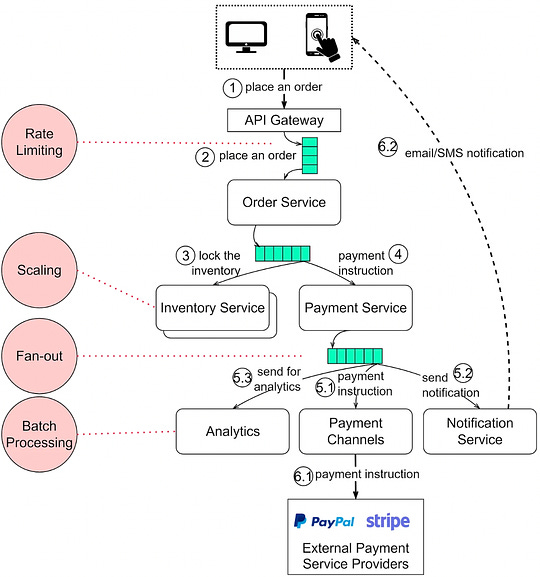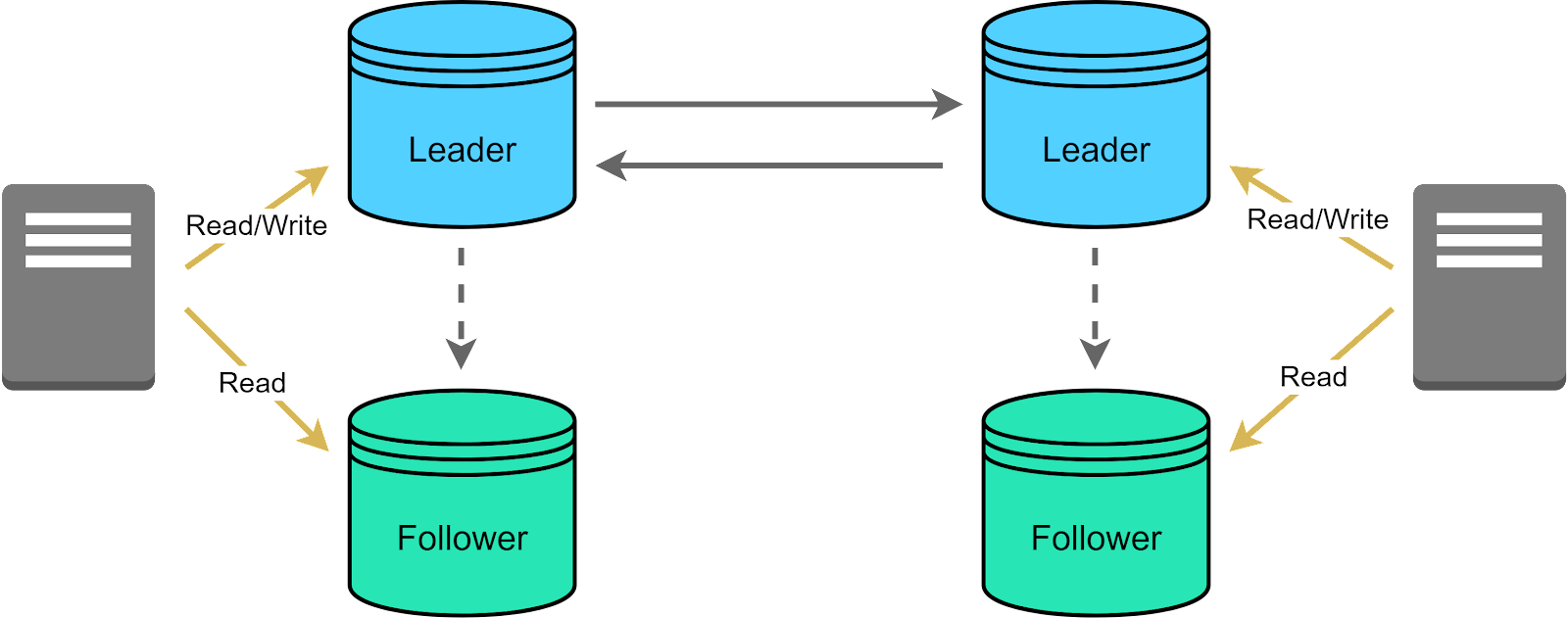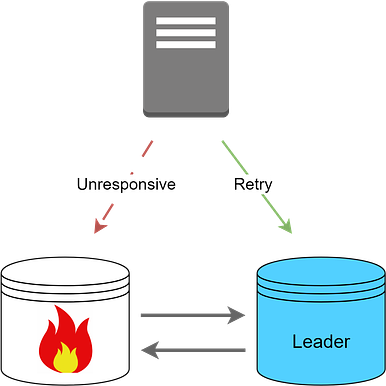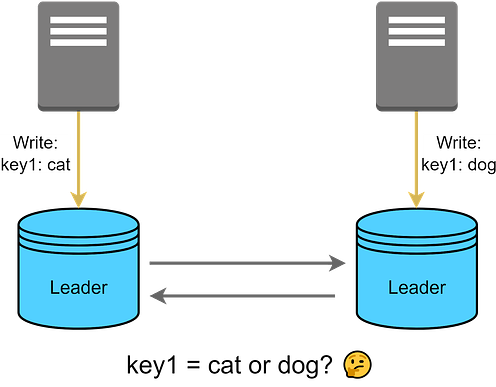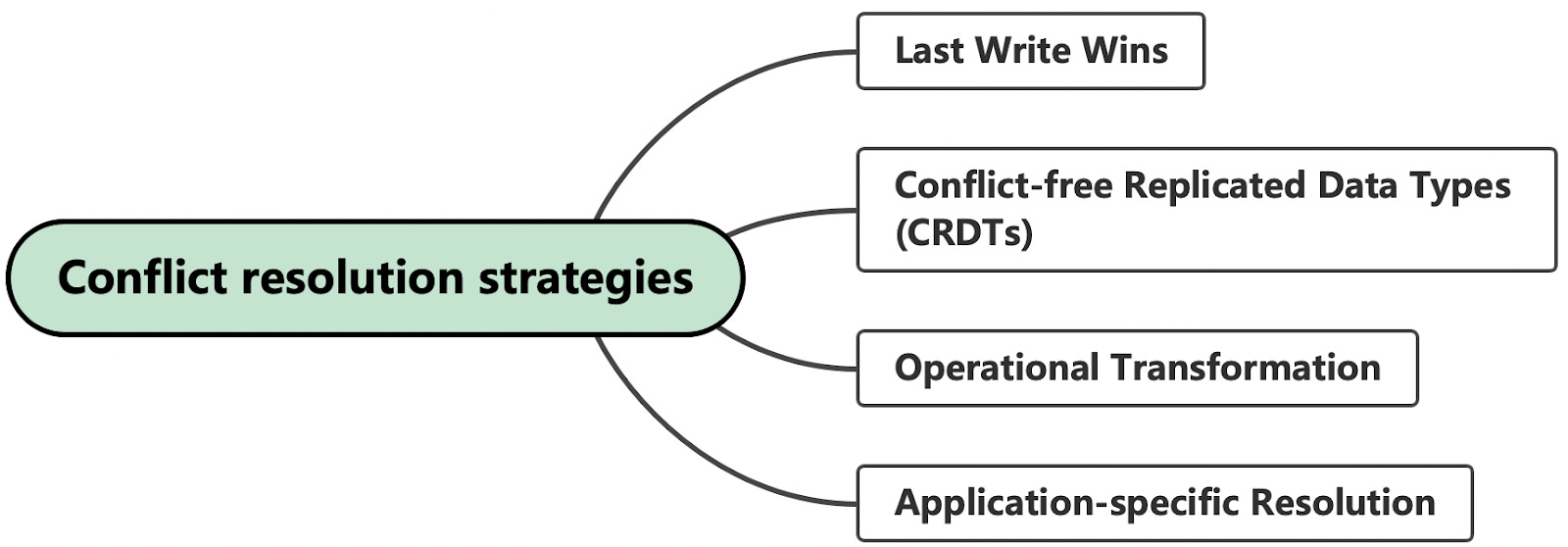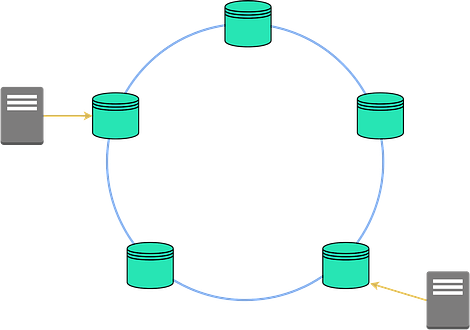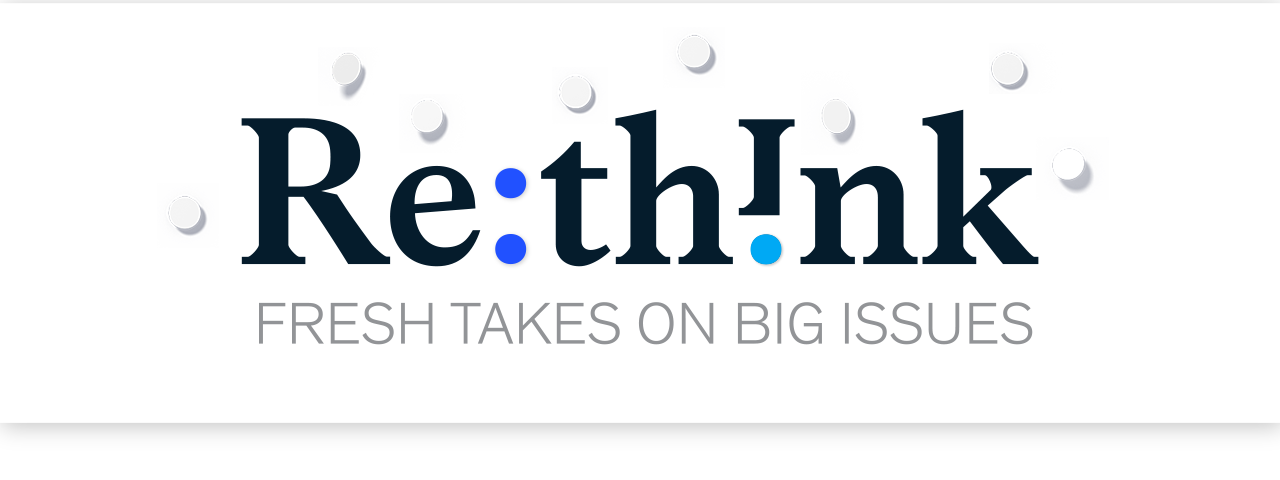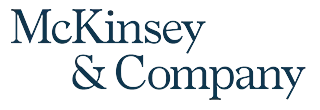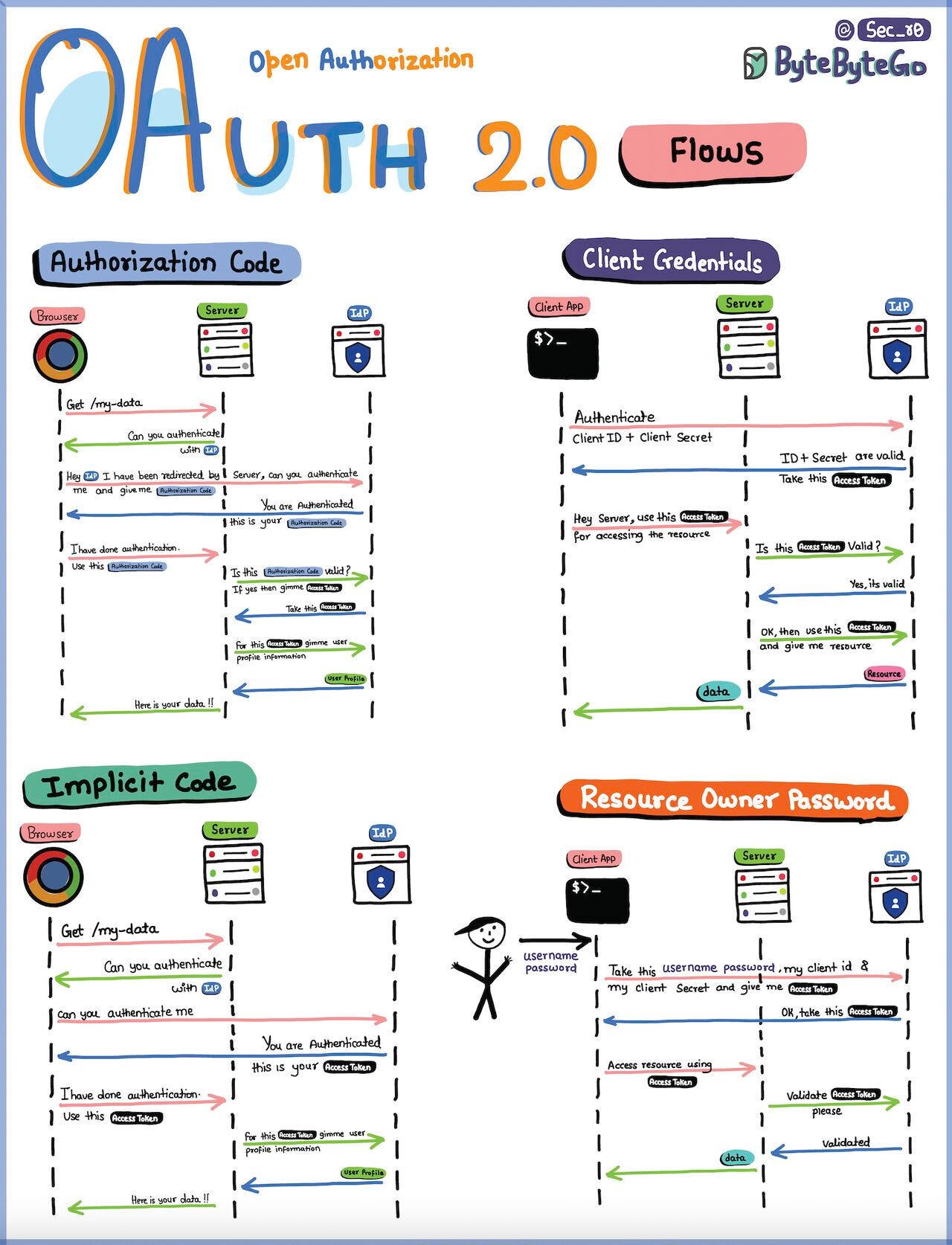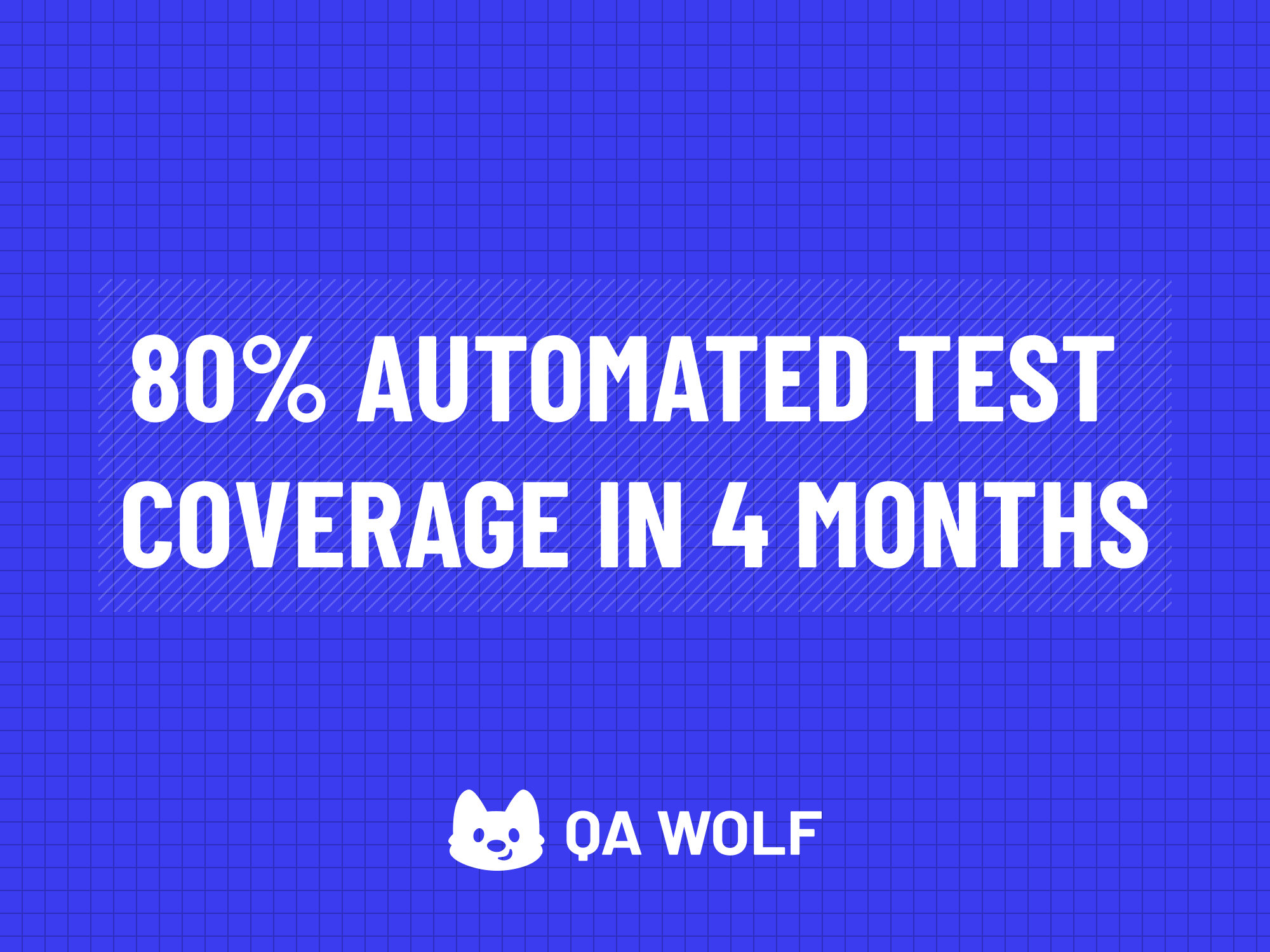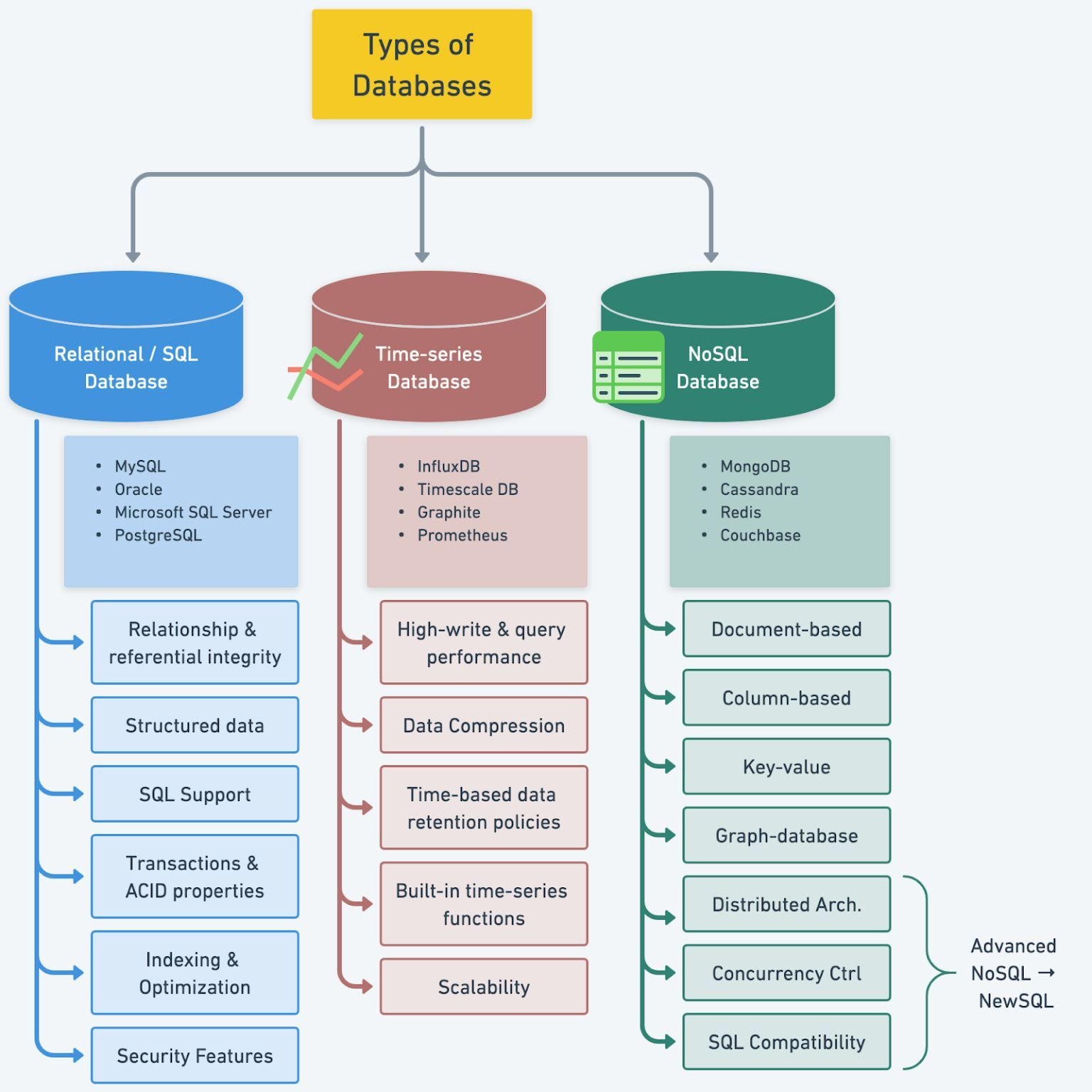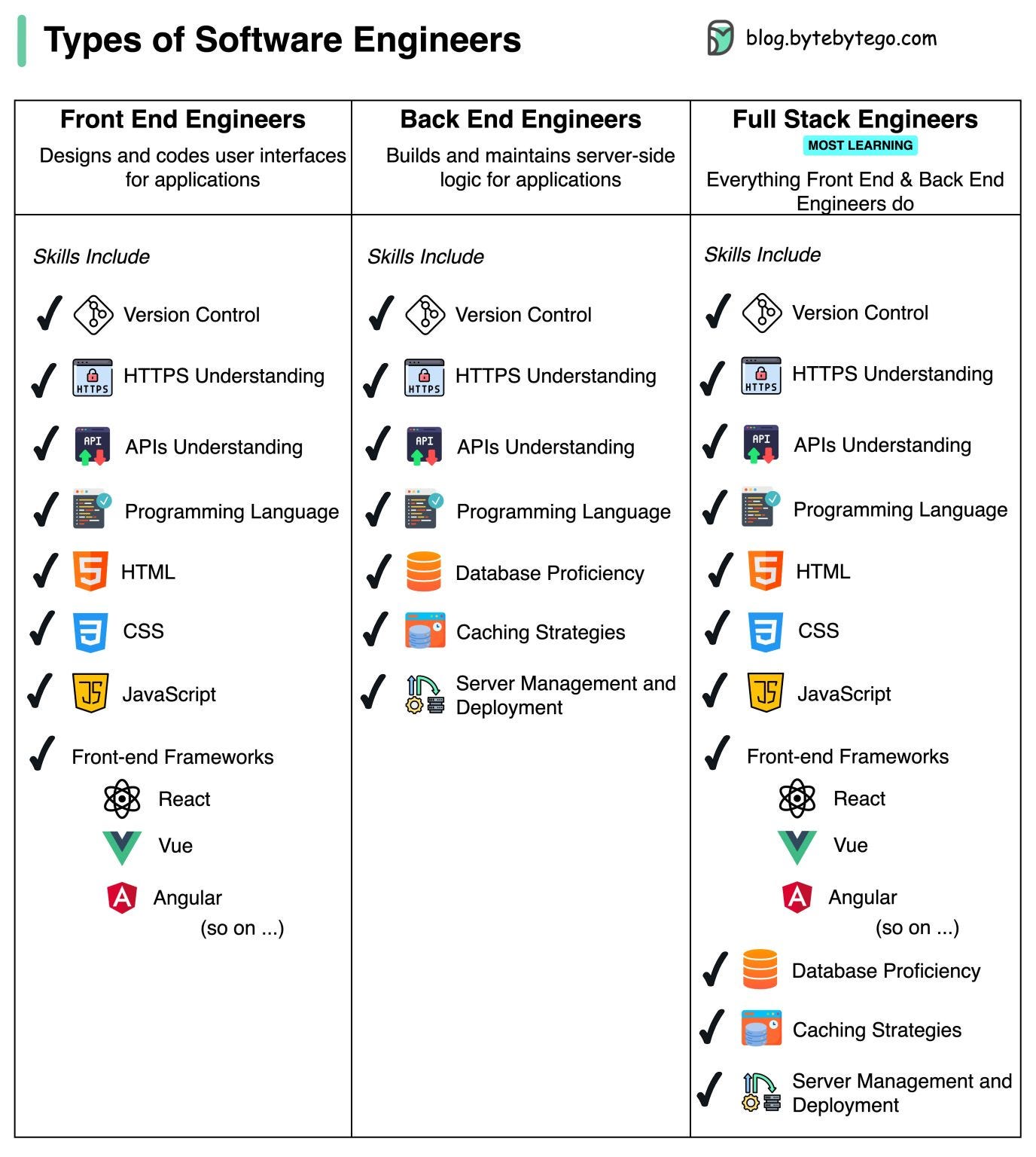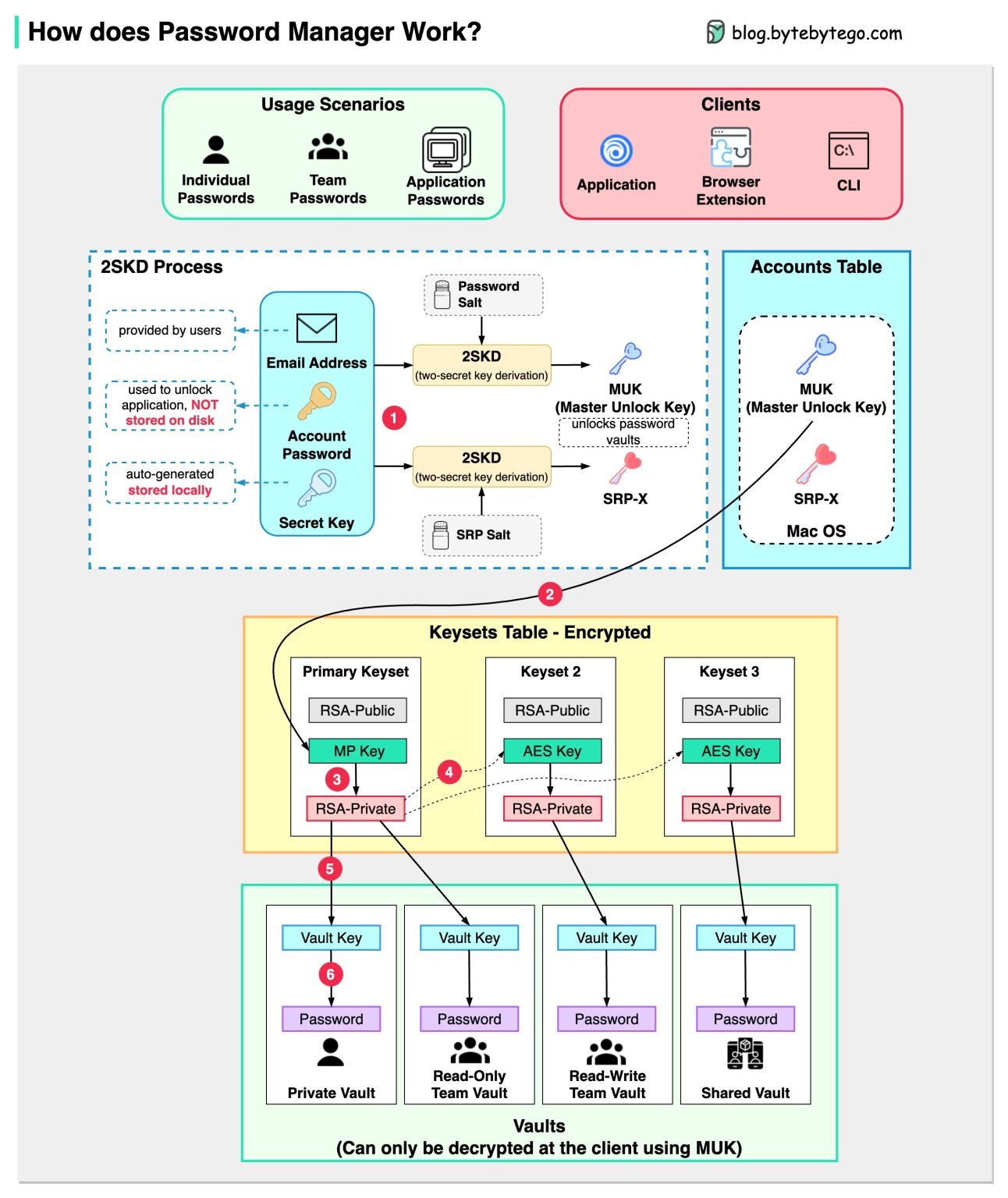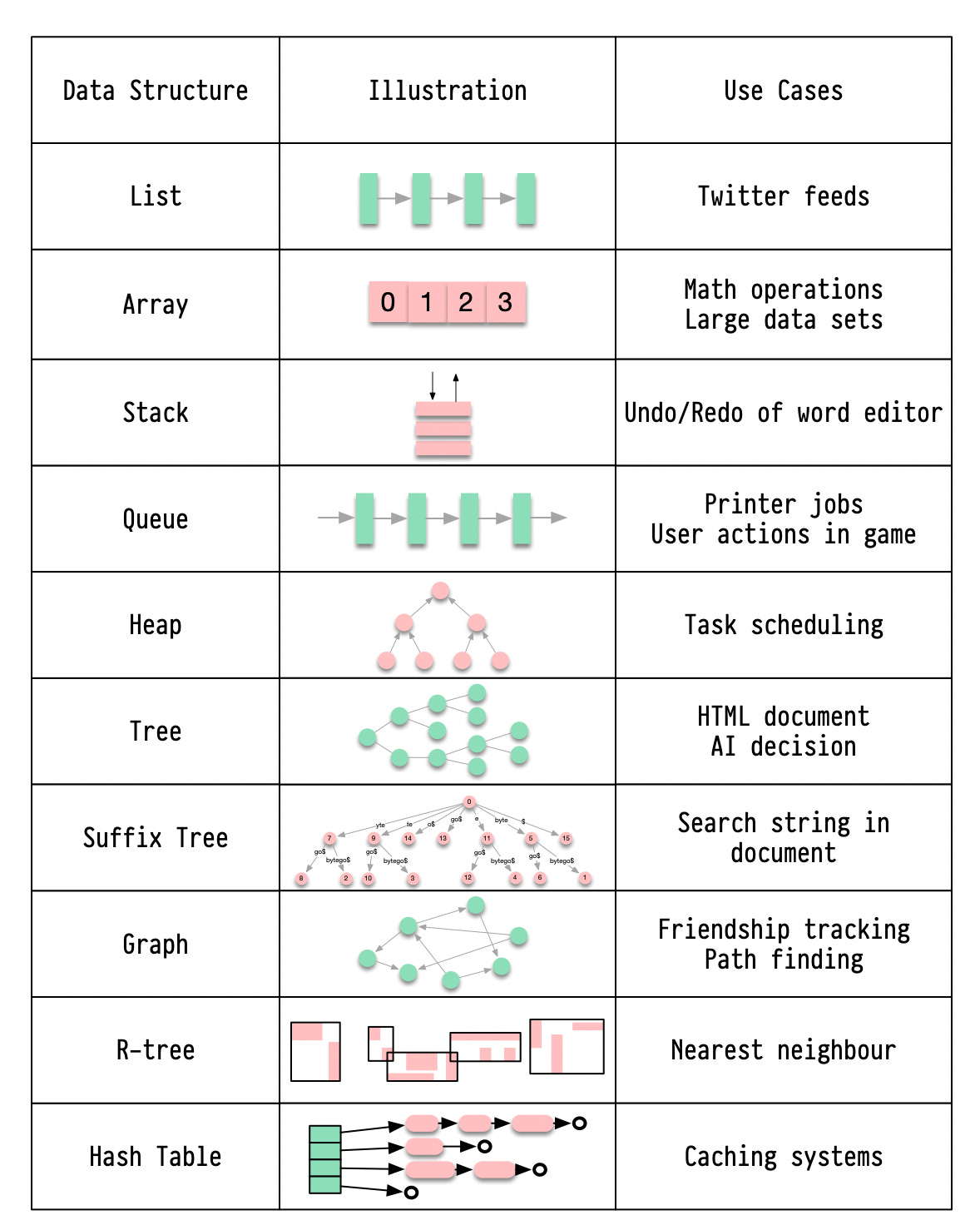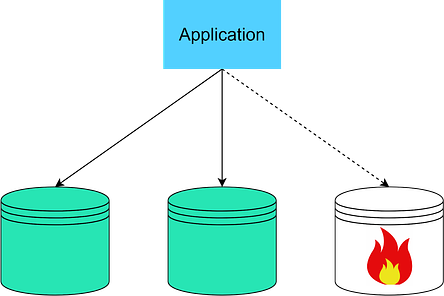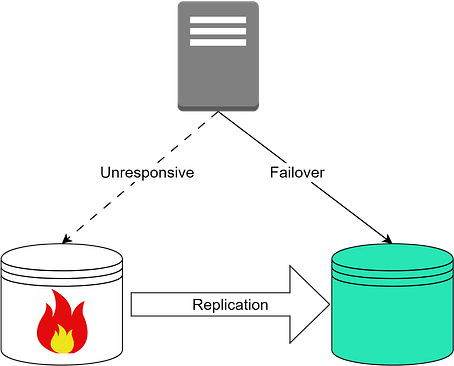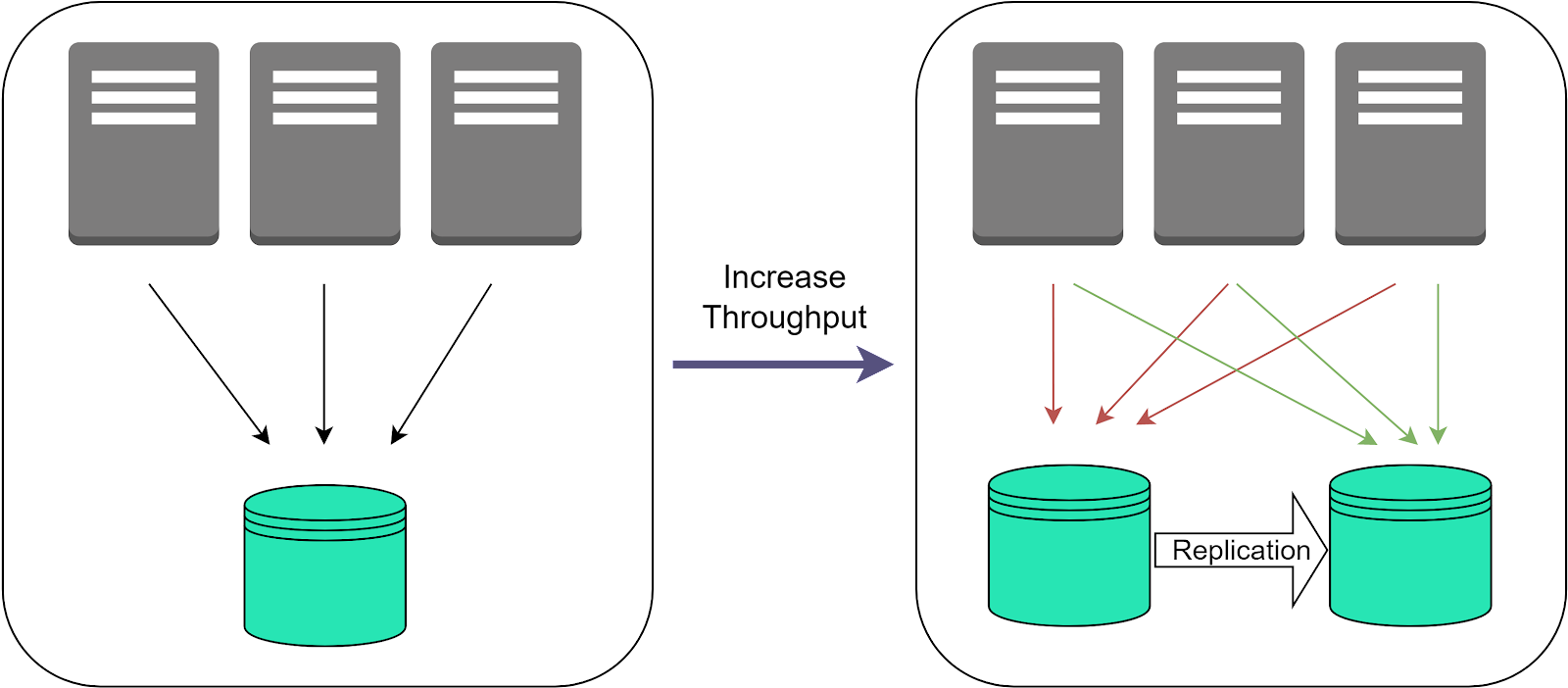Archives
- By thread 5338
-
By date
- June 2021 10
- July 2021 6
- August 2021 20
- September 2021 21
- October 2021 48
- November 2021 40
- December 2021 23
- January 2022 46
- February 2022 80
- March 2022 109
- April 2022 100
- May 2022 97
- June 2022 105
- July 2022 82
- August 2022 95
- September 2022 103
- October 2022 117
- November 2022 115
- December 2022 102
- January 2023 88
- February 2023 90
- March 2023 116
- April 2023 97
- May 2023 159
- June 2023 145
- July 2023 120
- August 2023 90
- September 2023 102
- October 2023 106
- November 2023 100
- December 2023 74
- January 2024 75
- February 2024 75
- March 2024 78
- April 2024 74
- May 2024 108
- June 2024 98
- July 2024 116
- August 2024 134
- September 2024 130
- October 2024 141
- November 2024 171
- December 2024 115
- January 2025 216
- February 2025 140
- March 2025 220
- April 2025 233
- May 2025 239
- June 2025 303
- July 2025 150
-
How to Choose a Replication Strategy
How to Choose a Replication Strategy
In the last issue, we kicked off a 2-part series exploring common data replication strategies. We learned about the leader-follower model - its synchronous and asynchronous variations, consistency considerations, failure handling, and more. In this issue, we'll examine two alternative approaches - multi-leader and leaderless replication. We'll contrast their designs, dive into how they work, and see the types of use cases where they excel. View in browser This is a sneak peek of today’s paid newsletter for our premium subscribers. Get access to this issue and all future issues - by subscribing today.
Latest articles
If you’re not a subscriber, here’s what you missed this month.
To receive all the full articles and support ByteByteGo, consider subscribing:
In the last issue, we kicked off a 2-part series exploring common data replication strategies. We learned about the leader-follower model - its synchronous and asynchronous variations, consistency considerations, failure handling, and more.
In this issue, we'll examine two alternative approaches - multi-leader and leaderless replication. We'll contrast their designs, dive into how they work, and see the types of use cases where they excel.
By the end, you'll understand the core replication models and how to select the right strategy based on your system needs and constraints. Let's jump back in where we left off last week.
Multi-Leader Replication
Multi-leader replication, sometimes called leader-leader replication, involves the use of multiple primary nodes, also known as leaders, each capable of receiving and processing write requests. These leaders replicate data between each other to stay up to date. Each leader may also have follower replicas for read scaling.
The primary advantage of this model is increased write availability. With multiple active leaders, failure of one node doesn't disrupt writes - other leaders continue handling write requests. This improves upon leader-follower designs where a failed leader halts writes until a new leader is available.
However, multi-leader replication comes with its own set of challenges. For instance, with multiple leaders handling write requests, conflicting changes may occur when leaders modify the same data concurrently.
Managing Conflict
Conflicts are a natural outcome in multi-leader replication models given that multiple leaders can perform write operations simultaneously. Effective conflict management is a complex task, but it is crucial for ensuring data consistency and integrity.
Here are some commonly employed conflict resolution strategies.
Last Write Wins
This is a straightforward method where the most recent change takes precedence. While easy to implement, it risks discarding important updates.
Conflict-free Replicated Data Types (CRDTs)
CRDTs allow for seamless reconciliation of conflicting changes by merging them. CRDTs come in various types for different kinds of data like counters, sets, and lists, and automatically resolve conflicts without requiring a separate conflict resolution process.
Operational Transformation
Operational transformation is often used in real-time collaborative applications. It takes the operation itself into account, not just the state of the data. This method is complex to implement but offers fine-grained control.
Application-specific Resolution
In some cases, conflict resolution logic can be pushed to the application level. The application can employ domain-specific rules or even involve human intervention for resolving conflicts.
Data Partitioning
Another alternative is to partition data across multiple leaders to minimize conflicting changes. However, implementing cross-partition transactions requires careful coordination, and potential hot spots on busy data partitions need to be managed effectively. It’s worth noting that this strategy can reduce the overall write throughput across the cluster.
Replication Lag and Inconsistent Reads
As with leader-follower replication, multi-leader systems are susceptible to replication lag and inconsistent reads. They cause temporary inconsistencies between leaders until updates fully propagate. Applications must be designed with this in mind.
Use Cases
What are some use cases for multi-leader replication? For applications that have users globally, multi-leader replication can reduce the latency for end-users by allowing them to interact with a nearby leader node.
Systems that cannot afford downtime, such as financial transaction platforms, can benefit from having multiple leaders. Even if one goes down, operations continue.
For applications with heavy write loads, distributing the write operations across multiple leaders can prevent any single node from becoming a bottleneck.
Tradeoffs and Challenges
In essence, multi-leader replication is particularly useful for applications that prioritize high write availability, fault tolerance, and globally-distributed data accessibility. Many modern databases can leverage this replication strategy, either natively, or with an extension, with varying degrees of success.
Multi-leader replication provides high availability but requires careful design around consensus, conflict detection, and resolution mechanisms. When implemented well, it can be a powerful approach for maximizing write throughput and availability.
In the next section, we’ll explore the leaderless replication model which takes a different approach.
Leaderless Replication
Leaderless replication takes a quorum-based approach. This concept may sound a bit strange, especially when we've just spent some time discussing models that operate under a clear hierarchy. In a leaderless system, any node in the network has the authority to accept write operations. The absence of a single leader fundamentally changes the dynamics of our system.
Quorum Writes and Reads
Now, let's start with a key concept that underpins leaderless replication: 'quorum writes and reads'. In a system without a leader, we don't rely on any single node to validate a read or write operation. Instead, we aim for consensus among a certain number of nodes. This number is called the 'quorum'. Using a quorum approach balances high availability with data accuracy, since we no longer require full consensus across all nodes.
In this system, we use three important values.
'n' is the total number of nodes in our system.
'W', the write quorum, is the minimum number of nodes that need to agree for a write to be considered successful.
'r', the read quorum, is the minimum number of nodes that need to agree for a read to be valid.
For strong consistency, a general guideline is to have w + r > n. It ensures that any read overlaps with any write and returns the most recent value.
For example, imagine a system with 3 nodes (n=3). If we configure w to 2, that means we need two out of three nodes to acknowledge a write request before it is deemed successful. If one of the nodes went down, the write operations could still continue. This idea works similarly for reads. If r is set to 2, the read operation would query 2 nodes and return the most recent data between the two.
Keep reading with a 7-day free trial
Subscribe to
ByteByteGo Newsletterto keep reading this post and get 7 days of free access to the full post archives.A subscription gets you:
An extra deep dive on Thursdays Full archive Many expense it with team's learning budget Like
Comment
Restack
© 2023 ByteByteGo
548 Market Street PMB 72296, San Francisco, CA 94104
Unsubscribe
by "ByteByteGo" <bytebytego@substack.com> - 11:39 - 7 Sep 2023 -
Corporate boards have a new mandate: Help companies build geopolitical resilience
On Point
Preparing for a fragmenting world
by "McKinsey On Point" <publishing@email.mckinsey.com> - 12:45 - 7 Sep 2023 -
Securing Freight Drivers and Transportation Vehicles with Video Telematics
Securing Freight Drivers and Transportation Vehicles with Video Telematics
Explore how video telematics can transform your freight transportation business.

Discover how video telematics changed freight transportation. Witness how it boosted safety and productivity on the road.
Challenges

Solutions

Reduce accidents with
real-time risk alerts for
drivers.
Prevent tiredness and distraction-related accidents, ensuring driver well-being.
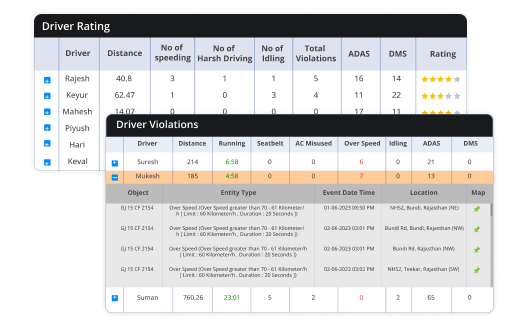
Access historical journey data easily for incident analysis and optimization.

Real-time cargo visibility ensures security and efficient logistics management.
Results




Uffizio Technologies Pvt. Ltd., 4th Floor, Metropolis, Opp. S.T Workshop, Valsad, Gujarat, 396001, India
by "Sunny Thakur" <sunny.thakur@uffizio.com> - 08:00 - 6 Sep 2023 -
Delivery by drone may be landing on a porch near you
Re:think
Drone deliveries are getting real 
ON DRONE DELIVERIES
Drone deliveries are developing, but challenges remain
Robin RiedelYou might be startled if you looked out your window and saw a drone hovering near your door, about to release a package onto your front steps. But such a sight could become more common as companies ramp up the use of drones in making deliveries. In 2021, there were close to half a million commercial-drone-delivery flights globally, and that number grew to about 875,000 in 2022 (an average of almost 2,400 drone deliveries per day). In 2023, we expect drone deliveries to exceed the one-million mark.
The benefits of such trips go beyond quickly providing a lunch order or birthday gift. Delivery drones fly at an average speed of 30 to 60 miles per hour, which allows them to rush critical supplies to people in disaster zones and remote, inaccessible areas. In crowded urban areas, deliveries via air routes could ease traffic congestion. The environmental advantages are also clear: delivering a one-pound burrito with a drone that usually weighs between five to 25 pounds generates far less emissions than using an average car, which weighs about 4,100 pounds.
If the scale-up continues, as we expect, there could be many winners. Some skeptics might question our current growth projections, however, since companies thus far have made limited progress on their long-standing plans to increase drone delivery flights. So what recent developments are encouraging more optimism? And what challenges remain?
First, the positives. Investor interest in drone delivery opportunities is at an all-time high: funding reached $101 million in 2022 but has hit $770 million in just the first half of 2023. The technology has also advanced considerably; for example, drones can now accurately navigate during subpar conditions, such as rainstorms.
In another major shift, the time-consuming process of defining regulations has recently borne fruit. As of March 2023, at least seven major regulatory bodies had issued rules about commercial-drone operations, focusing on aircraft certification, operator certification, airspace and operating rules, and infrastructure. (Aerial platform drones—those used for inspections or other types of observation—have lower certification requirements, so they are already in more widespread use.) In the United States, the Federal Aviation Administration’s Beyond Visual Line-of-Sight Aviation Rulemaking Committee released a report in March 2022 that included some recommendations, still under review, that could facilitate multiple aspects of delivery drone operations, including pilot certification and repair and maintenance.“In 2023, we expect drone deliveries to exceed the one-million mark.”
Public opinion of drone deliveries has also warmed. In a McKinsey survey of over 4,600 consumers, 56 percent of respondents said that they would opt for drone delivery if it was faster than the alternatives and did not cost more. Further, in a recent survey of drone industry executives, respondents reported that they expected 60 percent of their end customers to return after the first use of drone services.
Now let’s look at the challenges ahead. Despite the uptick in consumer acceptance, many people still worry that delivery drones may generate too much noise, invade privacy, or simply interfere with their enjoyment of a scenic sunset by crisscrossing the sky. Publicizing the benefits of delivery drones, such as lower emissions, may win over some new adherents. Consumers may also become more supportive if they see how longer-range drones can increase equity by improving people’s access to critical products and services. For example, there is a start-up that delivers vaccines and medicines to over 2,000 hospitals in Ghana, Rwanda, and the United States. Once consumers become more aware of such services, they may become more tolerant of a drone’s buzzing.
Beyond winning over consumers, the drone industry must address some remaining regulatory and technological barriers. Currently, many countries allow operators to control only a single drone, and some also require visual observers for some parts of the flight. The resulting high labor costs make it challenging to scale flights. On the technology side, the industry could benefit from further improvements in batteries—to support longer flights—and in the detect-and-avoid systems that help drones navigate crowded areas.
Of course, drones have uses that extend far beyond delivery, and these applications are also advancing, maybe even at a faster rate. Many companies, for example, including a large furniture retailer, use drones in warehouses to take photographs of inventory, which they then analyze using artificial intelligence. Others monitor remote assets using aerial surveillance drones that can check for damage, eliminating the need for costly on-site visits. Outside the corporate sphere, drones have been incorporated into aerial firefighting, agricultural seeding, and wildlife management. Eventually, passenger drones may play a big role in transportation. Even though it’s still early in the game, the possibilities are endless within this exciting sector.ABOUT THE AUTHOR
Robin Riedel is a partner in McKinsey’s Bay Area office.
MORE FROM THIS AUTHOR
UP NEXTEllen Feehan on how older people view aging
A new survey reveals what older adults worldwide think matters most to their health. Their answers were surprisingly nonmedical in nature. Instead, they rated their health higher when they described having purpose, interaction, and participation in society.
This email contains information about McKinsey’s research, insights, services, or events. By opening our emails or clicking on links, you agree to our use of cookies and web tracking technology. For more information on how we use and protect your information, please review our privacy policy.
You received this email because you subscribed to our McKinsey Quarterly alert list.
Copyright © 2023 | McKinsey & Company, 3 World Trade Center, 175 Greenwich Street, New York, NY 10007
by "McKinsey Quarterly" <publishing@email.mckinsey.com> - 04:31 - 6 Sep 2023 -
Join me on Thursday for how to Master Software Remediation using New Relic Vulnerability Management
Hi MD,
It's Liam Hurrell, Manager of Customer Training at New Relic University, here. Do you feel like your regular security assessments come up with huge list of potential vulnerabilities that lack enough context to know which are real and what to fix first? Do you want to enhance your team's awareness and get actionable insights on how to mitigate all these threats? If so, you can register for the free online workshop that I'll be hosting on Thursday 7th September at 2 PM BST/ 3 PM CEST.
Applications today often consist of thousands of components, each with the potential to carry critical security vulnerabilities. Mitigating threats is no longer the sole responsibility of security teams, with a new shared responsibility between DevOps and Security teams (DevSecOps) to have a security mindset across the development pipeline. In this practical session, you’ll find out about how New Relic vulnerability management lets you see and fix security issues in one connected experience with zero configuration, open integrations, automatic risk prioritization, and alerting on newly discovered vulnerabilities across all teams (Dev, Ops, Sec).
You can find the full agenda on the registration page here. While we recommend attending the hands-on workshop live, you can also register to receive the recording.
Hope to see you then,
Liam HurrellManager, Customer TrainingNew Relic
This email was sent to info@learn.odoo.com as a result of subscribing or providing consent to receive marketing communications from New Relic. You can tailor your email preferences at any time here.Privacy Policy © 2008-23 New Relic, Inc. All rights reserved
by "Liam Hurrell, New Relic" <emeamarketing@newrelic.com> - 06:26 - 6 Sep 2023 -
If you’re feeling burned out, you’re not alone. How widespread is employee burnout?
On Point
The single biggest predictor of burnout Brought to you by Liz Hilton Segel, chief client officer and managing partner, global industry practices, & Homayoun Hatami, managing partner, global client capabilities
•
Burned out and unemployed. It’s not just full-time workers who are getting burned out: people looking for work are also on edge. Many may spend countless hours applying to jobs, networking, and interviewing—only to be rejected and end up having to start over. One careers expert advises job hunters to set aside a specific time every day to create job alerts, reply to emails, and submit applications. Establishing a routine can help to ease the mental burden of a lengthy job search, the expert adds. [BBC]
•
A worldwide challenge. When there’s a chronic imbalance between the demands of a job and the resources available to tackle them, workers may become depleted, cynical, and emotionally distant. Employee burnout is a widespread challenge. Between February and April 2022, McKinsey conducted a global survey of nearly 15,000 workers and 1,000 HR decision makers in 15 countries. On average, one in four employees surveyed reported experiencing symptoms of burnout, McKinsey partner Erica Coe and coauthors found.
•
Toxic work environments. In all 15 countries surveyed by McKinsey, toxic workplace behavior was the biggest predictor of burnout symptoms and intent to leave—by a large margin. Employees who report experiencing high levels of toxic behavior at work are almost eight times more likely than those who don’t to experience burnout symptoms, according to the 2022 survey. Explore our McKinsey Explainer to learn the steps employers can take to effectively target toxic workplace behavior and address employee burnout.
— Edited by Belinda Yu, editor, Atlanta
This email contains information about McKinsey's research, insights, services, or events. By opening our emails or clicking on links, you agree to our use of cookies and web tracking technology. For more information on how we use and protect your information, please review our privacy policy.
You received this email because you subscribed to the On Point newsletter.
Copyright © 2023 | McKinsey & Company, 3 World Trade Center, 175 Greenwich Street, New York, NY 10007
by "McKinsey On Point" <publishing@email.mckinsey.com> - 12:05 - 6 Sep 2023 -
CEOs get one chance to make a good first impression. What does it take to transition well?
On Point
Making the most of the first year Brought to you by Liz Hilton Segel, chief client officer and managing partner, global industry practices, & Homayoun Hatami, managing partner, global client capabilities
•
A team effort. Even superstar CEOs can’t do it all alone: behind every great leader is a great team. To build a strong leadership team, a successful leader needs to consider which leadership team style is best for the company, its mission, and the CEO’s personality. For instance, the CEO could foster competition or cooperation among team members. By aligning on the leadership team’s purpose, outlining team structures, and deciding the right approach to dissent and decision making, executives can mold individuals into one team. [Fast Company]
•
A challenging transition. The CEO role is unique. As the face of the company and the ultimate integrator, the chief executive’s position comes with new responsibilities and stakeholders. So it’s no wonder that 90% of CEOs say they wish they had managed the transition differently, according to McKinsey senior partners Kurt Strovink and Carolyn Dewar. Dewar coleads McKinsey’s CEO excellence work and is a coauthor of the book CEO Excellence: The Six Mindsets That Distinguish the Best Leaders from the Rest.
•
Success from the start. In writing CEO Excellence, the McKinsey authors sat down with about 70 of the world’s best CEOs. More than two-thirds said that the role wasn’t what they had expected it to be, Dewar shares. Yet there is a profound opportunity for both personal and institutional renewal. Transitioning to a new CEO can “unfreeze” organizations, reaffirm what’s valuable about the culture, and innovate for the next chapter. For four elements of a successful CEO transition, listen to the full interview on our Inside the Strategy Room podcast series.
— Edited by Katherine Tam, editor, New York
This email contains information about McKinsey's research, insights, services, or events. By opening our emails or clicking on links, you agree to our use of cookies and web tracking technology. For more information on how we use and protect your information, please review our privacy policy.
You received this email because you subscribed to the On Point newsletter.
Copyright © 2023 | McKinsey & Company, 3 World Trade Center, 175 Greenwich Street, New York, NY 10007
by "McKinsey On Point" <publishing@email.mckinsey.com> - 12:06 - 5 Sep 2023 -
Attention
Dear Sir/Ma,
We are local gold miners in Goma-Democratic Republic of Congo.
I write to inquire if you or your company would like to help us market our natural gold nuggets in your country.
Regards,
Col. Shawn Koroma.
Email : officialshawnkoroma@gmail.com
Goma Village Head
by "col.shawnkoroma" <shawnkoroma@txreipartners.com> - 07:59 - 4 Sep 2023 -
Attention
Dear Sir/Ma
I am an Auditor in Nigeria National Petroleum Corporation (NNPC Bonny Terminal).
I am writing to demand if your company can allow and agree for me to use the name of your company to remit money
overseas, and you will be compensated.
Best Regards,Tonye Preye.
Nigerian National Petroleum Corporation (NNPC Bonny Terminal).Email: tonyepreye@yandex.com
by "tonyepreye" <tonyepreye@vip.sohu.com> - 07:59 - 4 Sep 2023 -
Web Designing Proposal
Hi,
I am reaching out to see if there is anything that would like to upgrade, repair or redesign on your site. I am a web designer/developer that can do just about anything you can imagine at very affordable prices.
Our services with best work: -
1. E-commerce Websites2. WordPress Websites3. Shopify Websites4. Magento Websites5. Drupal Websites6. Joomla Websites7. CMS Websites8. PHP Websites
I'd be happy to send some of our Designing and Development samples & price list, if you'd like to assess our work.
Let me know what you think.
Kind Regards,Martin SmithWeb designer & developer***********************************************
by "Martin Smith" <seoranktechnologiess01@outlook.com> - 09:35 - 4 Sep 2023 -
Join our New Relic EMEA User Meetups this September!
New Relic
 Event Invitation
Event InvitationNew Relic User Meetups - September Join our User Meetups happening across EMEA this September Back to School Edition
Register Now Hello,
I’m Harry Kimpel, Principal Developer Relations Engineer here at New Relic. Throughout September, myself and our technical team will be travelling around EMEA to meet other New Relic users for food, drinks, swag, and of course—data talk!
In September, you’ll probably be preparing for the upcoming peak sales period. We’ll give you essential tips and hands-on talks to help you prepare for what’s ahead—Black Friday, Cyber Monday, and Christmas.
Meet us and other local users as we share best practices on how to use New Relic.
Meetup agenda (in your local time)
2:00pm: Arrival, networking, and refreshments
2:45pm: What’s new and what’s next in observability
3:15pm: Using New Relic to prepare for peak season
- Business observability dashboards
- Website performance monitoring
- Popup handling in synthetics
- Custom visualisations
4:30pm: All your questions answered by our experts
5:00pm: Food, drinks, and networking
Whether you’re new to New Relic or an experienced user, there’s something for everyone. We’ll also be throwing in multiple giveaways on the day - come along to be in it to win it. Don’t forget to bring your laptop too!
Register below
Tel Aviv, Wednesday 6 September Register
Amsterdam, Wednesday 13 September Register
Paris, Thursday 14 September Register (EN) or Register (FR)
Dubai, Thursday 14 September Register
Manchester, Tuesday 19 September Register
Berlin, Tuesday 19 September Register
London, Wednesday 20 September Register
Madrid, Tuesday 26 September Register
We look forward to seeing you there!Harry Kimpel,
Principal Developer Relations Engineer, EMEARegister Now 
View in browser
This email was sent to info@learn.odoo.com. Update your email preferences.For information about our privacy practices, see our Privacy Policy.
Need to contact New Relic? You can chat or call us at +44 20 3859 9190
Strand Bridge House, 138-142 Strand, London WC2R 1HH
© 2023 New Relic, Inc. All rights reserved. New Relic logo are trademarks of New Relic, Inc.
by "Harry Kimpel" <emeamarketing@newrelic.com> - 05:02 - 4 Sep 2023 -
Top leadership advice from recent issues
Catch up as we take a brief break Brought to you by Liz Hilton Segel, chief client officer and managing partner, global industry practices, & Homayoun Hatami, managing partner, global client capabilities
Thanks for reading Leading Off, our newsletter aiming to empower leaders and those they lead. Starting today, we’ll be taking a brief pause before returning to your inbox on September 11 with more strategies to tackle today’s leadership challenges.
While we’re away, check out these recent issues that resonated with our readers:If you have friends or colleagues who might enjoy Leading Off, consider forwarding this email to them or sharing it on social media. They can sign up for this or any of our 40+ other free email subscriptions at mckinsey.com/subscriptions. (And you might also want to revisit that page to see our full newsletter lineup.)
— Edited by Rama Ramaswami, senior editor, New York
Share these insights
Did you enjoy this newsletter? Forward it to colleagues and friends so they can subscribe too. Was this issue forwarded to you? Sign up for it and sample our 40+ other free email subscriptions here.
This email contains information about McKinsey’s research, insights, services, or events. By opening our emails or clicking on links, you agree to our use of cookies and web tracking technology. For more information on how we use and protect your information, please review our privacy policy.
You received this email because you subscribed to the Leading Off newsletter.
Copyright © 2023 | McKinsey & Company, 3 World Trade Center, 175 Greenwich Street, New York, NY 10007
by "McKinsey Leading Off" <publishing@email.mckinsey.com> - 02:14 - 4 Sep 2023 -
You belong at MAX – here’s why.
Adobe
The top reasons you won’t want to miss the creativity event of the year.
MAX is made for you.
Join us at Adobe MAX, where the perfect combination of learning, connecting, and inspiration is designed with you in mind.
Drive business success with integrated creative tolls and workflows that streamline and scale content production.
Learn from top creative leaders who will share their expertise in creativity, innovation, and professional development.
Discover best practices from creative innovators using new tools in design, video, 3D, and generative AI.
Learn, new skills, get inspired, and have fun as you connect with the creative and design community.
2023 Diamond sponsors

 Creativity for all.Adobe and the Adobe logo are either registered trademarks or trademarks of Adobe in the United States and/or other countries. This is not a comprehensive list of all Adobe trademarks. For a full list, refer to the Adobe List of Trademarks. All other trademarks are the property of their respective owners.
Creativity for all.Adobe and the Adobe logo are either registered trademarks or trademarks of Adobe in the United States and/or other countries. This is not a comprehensive list of all Adobe trademarks. For a full list, refer to the Adobe List of Trademarks. All other trademarks are the property of their respective owners.
By clicking on some of the links in this email, you might be redirected to forms that will be pre-populated with your contact information.
This is a marketing email from Adobe Systems Software Ireland Limited, 4‑6 Riverwalk, Citywest Business Park, Dublin 24, Ireland.
Click here to unsubscribe or send an unsubscribe request to the postal address above. Please review the Adobe Privacy Policy:
Australia
New Zealand
Indonesia
Malaysia
Philippines
Vietnam
Singapore
India
Hong Kong
To ensure email delivery, add demand@info.adobe.com to your address book, contacts, or safe sender list.
If you have a privacy-related complaint, send it to: privacy@adobe.com
View in browser
by "Adobe Creative Cloud for Business" <demand@info.adobe.com> - 10:05 - 3 Sep 2023 -
The week in charts
The Week in Charts
The global housing shortage, autonomous driving, and more Share these insights
Did you enjoy this newsletter? Forward it to colleagues and friends so they can subscribe too. Was this issue forwarded to you? Sign up for it and sample our 40+ other free email subscriptions here.
This email contains information about McKinsey's research, insights, services, or events. By opening our emails or clicking on links, you agree to our use of cookies and web tracking technology. For more information on how we use and protect your information, please review our privacy policy.
You received this email because you subscribed to The Week in Charts newsletter.
Copyright © 2023 | McKinsey & Company, 3 World Trade Center, 175 Greenwich Street, New York, NY 10007
by "McKinsey Week in Charts" <publishing@email.mckinsey.com> - 03:38 - 2 Sep 2023 -
EP75: How Does A Password Manager Work
EP75: How Does A Password Manager Work
This week’s system design refresher: Top 5 Most Used Architecture Patterns (Youtube video) OAuth 2.0 Flows Understanding Database Types Types of Software Engineers and Their Typically Required Skills How does a Password Manager Work? Implement passkey authentication in minutes (Sponsored) View in browser This week’s system design refresher:
Top 5 Most Used Architecture Patterns (Youtube video)
OAuth 2.0 Flows
Understanding Database Types
Types of Software Engineers and Their Typically Required Skills
How does a Password Manager Work?
Implement passkey authentication in minutes (Sponsored)
Join TikTok, Paypal, Google, and other leading tech companies by giving your users a faster and more secure sign-in experience with passkeys. Building an in-house auth solution takes months and requires ongoing maintenance from security engineers. But there’s a better way. Passage by 1Password is a cross-platform, ready-to-ship passkey solution. ByteByteGo readers get an exclusive six-month free trial – just use the code ‘BYTEBYTEGO6MO’ once you sign up in the console.
Top 5 Most Used Architecture Patterns
OAuth 2.0 Flows
Authorization Code Flow: The most common OAuth flow. After user authentication, the client receives an authorization code and exchanges it for an access token and refresh token.
Client Credentials Flow: Designed for single-page applications. The access token is returned directly to the client without an intermediate authorization code.
Implicit Code Flow: Designed for single-page applications. The access token is returned directly to the client without an intermediate authorization code.
Resource Owner Password Grant Flow: Allows users to provide their username and password directly to the client, which then exchanges them for an access token.
Over to you - So which one do you think is something that you should use next in your application?Scale automated QA without overspending (Sponsored)
Most QA teams are too resource-constrained to maintain an automated end-to-end test suite for their entire product. But costs to scale QA are hard to justify. The end result? Gaps in test coverage and bugs shipped to production. Here's a cost-effective solution to get 80% automated test coverage in just 4 months.
QA Wolf is a new technology-enabled service that leverages Playwright to build end-to-end test suites. Plus, they include 24-hour maintenance (ask about their zero flake guarantee) and unlimited parallel runs on their Kubernetes infrastructure.
Current customers include Cohere, Gumroad, and Napster (and they boast a 4.8/5 rating on G2).
Understanding Database Types
To make the best decision for our projects, it is essential to understand the various types of databases available in the market. We need to consider key characteristics of different database types, including popular options for each, and compare their use cases.
Types of Software Engineers and Their Typically Required Skills
In this overview, we'll explore three key types of Software engineers:
Front-End Engineer:
Specializes in creating user interfaces using HTML, CSS, and JavaScript. They focus on ensuring that apps are visually appealing and user-friendly.Back-End Engineer:
Works on the server-side of web applications, managing data, business logic, and server infrastructure to ensure functionality, performance, and security.Full-Stack Engineer:
A versatile expert who combines the roles of Front-End and Back-End engineers, handling UI design, server-side tasks, databases, APIs, and ensuring seamless application integration. They cover the entire development spectrum from start to finish.
Over to you: Which type of software engineer resonates most with your interests and career aspirations?
How does a Password Manager such as 1Password or Lastpass work?
How does it keep our passwords safe?
The diagram below shows how a typical password manager works.
A password manager generates and stores passwords for us. We can use it via application, browser extension, or command line.
Not only does a password manager store passwords for individuals but also it supports password management for teams in small businesses and big enterprises.
Let’s go through the steps.
Step 1: When we sign up for a password manager, we enter our email address and set up an account password. The password manager generates a secret key for us. The 3 fields are used to generate MUK (Master Unlock Key) and SRP-X using the 2SKD algorithm. MUK is used to decrypt vaults that store our passwords. Note that the secret key is stored locally, and will not be sent to the password manager’s server side.
Step 2: The MUK generated in Step 1 is used to generate the encrypted MP key of the primary keyset.
Steps 3-5: The MP key is then used to generate a private key, which can be used to generate AES keys in other keysets. The private key is also used to generate the vault key. Vault stores a collection of items for us on the server side. The items can be passwords notes etc.
Step 6: The vault key is used to encrypt the items in the vault.
Because of the complex process, the password manager has no way to know the encrypted passwords. We only need to remember one account password, and the password manager will remember the rest.
Over to you: Which password manager have you used?Latest articles
Here are the latest articles you may have missed:
To receive all the full articles and support ByteByteGo, consider subscribing:
Like
Comment
Restack
© 2023 ByteByteGo
548 Market Street PMB 72296, San Francisco, CA 94104
Unsubscribe
by "ByteByteGo" <bytebytego@substack.com> - 11:35 - 2 Sep 2023 -
2023 is generative AI’s breakout year
Plus, how boards can help address geopolitical risk According to a recent McKinsey survey, one-third of respondents said their organizations are using generative AI regularly in at least one business function, and 40 percent of respondents noted their organizations will increase their investment in AI overall. 2023 is certainly proving to be a breakout year for generative AI. Despite its nascent public availability, gen AI is already being adopted across industries, geographies, and seniority levels in the business world. In this month’s featured story, McKinsey’s Michael Chui, Lareina Yee, Bryce Hall, Alex Singla, and Alexander Sukharevsky provide commentary on gen AI’s explosive growth, its potential to transform industries, and key findings from the McKinsey survey. Other highlights in this month’s issue include the following topics:
•
the board’s role in addressing geopolitical risk
•
how new CEOs can make the most of their first year in the role
•
how outperformers deliver consistent and profitable growth
•
what the future holds for strategy leaders amid ongoing volatility and shifting mandates
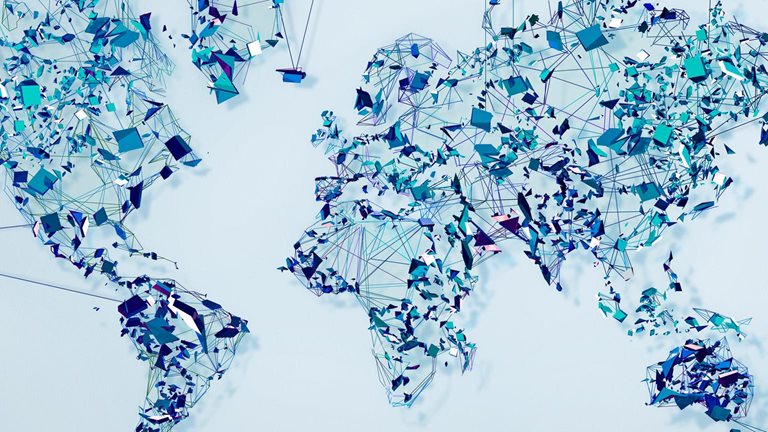
Geopolitical resilience: The new board imperative
Geopolitical risk is at the top of the CEO agenda. Board members can help by sharpening their understanding of the geopolitical context, monitoring developments, and exercising oversight over the controls to mitigate these risks.
Manage future shocks
How to make a strong start as a CEO
Seize the first year in the role as an opportunity for both personal and institutional renewal.
Make the most of your first year
The triple play: Growth, profit, and sustainability
Revenue growth is good. Profitable growth is better. Profitable growth that advances ESG priorities is best. Here’s how outperformers who actively choose growth deliver the growth trifecta.
Invest in sustainable and inclusive growth
The strategy leader’s evolving mandate
Strategy leaders have taken on additional responsibilities over the past decade in response to increasing volatility and shifting mandates.
Think creatively
Enabling renewable energy with battery energy storage systems
The market for battery energy storage systems is growing rapidly. Here are the key questions for those who want to lead the way.
Lead the way
Why the path of global wealth and growth matters for strategy
There are four plausible scenarios for how global economics might unfold in the next decade. Here’s how companies can chart a course.
4 scenarios
McKinsey Explainers
Find direct answers to complex questions, backed by McKinsey’s expert insights.
Learn more
McKinsey Themes
Browse our essential reading on the topics that matter.
Get up to speed
McKinsey on Books
Explore this month’s best-selling business books prepared exclusively for McKinsey Publishing by Circana.
See the lists
McKinsey Chart of the Day
See our daily chart that helps explain a changing world—as we strive for sustainable, inclusive growth.
Dive in
McKinsey Classics
In the age of automation and AI, how can finance leaders ensure success? Read our 2018 classic “Bots, algorithms, and the future of the finance function” to learn more.
Rewind
Leading Off
Our Leading Off newsletter features revealing research and inspiring interviews to empower you—and those you lead.
Subscribe now— Edited by Joyce Yoo, editor, New York
Share these insights
Did you enjoy this newsletter? Forward it to colleagues and friends so they can subscribe too. Was this issue forwarded to you? Sign up for it and sample our 40+ other free email subscriptions here.
This email contains information about McKinsey's research, insights, services, or events. By opening our emails or clicking on links, you agree to our use of cookies and web tracking technology. For more information on how we use and protect your information, please review our privacy policy.
You received this email because you are a registered member of our Monthly Highlights newsletter.
Copyright © 2023 | McKinsey & Company, 3 World Trade Center, 175 Greenwich Street, New York, NY 10007
by "McKinsey Highlights" <publishing@email.mckinsey.com> - 11:07 - 2 Sep 2023 -
Sustainable and inclusive growth: Economic growth that can can address both poverty and climate change
Get updated This email contains information about McKinsey's research, insights, services, or events. By opening our emails or clicking on links, you agree to our use of cookies and web tracking technology. For more information on how we use and protect your information, please review our privacy policy.
You received this email because you subscribed to our McKinsey Global Institute alert list.
Copyright © 2023 | McKinsey & Company, 3 World Trade Center, 175 Greenwich Street, New York, NY 10007
by "McKinsey & Company" <publishing@email.mckinsey.com> - 04:39 - 1 Sep 2023 -
Tried generative AI at work? Here’s how your future job activities may change
On Point
Gen AI’s potential for automating tasks Brought to you by Liz Hilton Segel, chief client officer and managing partner, global industry practices, & Homayoun Hatami, managing partner, global client capabilities
•
AI’s effect on jobs. Clerical work is likely the sector to be most affected by generative AI, according to a new UN report. That can have greater repercussions for female employees, particularly in advanced economies, where a disproportionate number of women hold these types of jobs. For the majority of roles, however, generative AI will probably allow a part of workers’ responsibilities to be automated, rather than eliminating the need for those positions. [Reuters]
•
Big benefits. Generative AI technologies have some potential to benefit every business and function, say McKinsey Global Institute partner Michael Chui and senior partner and global leader of QuantumBlack, AI by McKinsey Alex Singla on a recent edition of The McKinsey Podcast. Generative AI’s possible business applications are wide-ranging. Leaders can use generative AI to write software, create personalized or brand marketing, and design products. All told, generative AI could add $2 trillion to $4 trillion each year across the global economy.
•
Workers with superpowers. Generative AI could give employees “superpowers” through automating parts of their jobs. By shedding some routine tasks, knowledge workers should be able to spend more time thinking, solving problems, and coaching colleagues. About a third of the activities that organizations pay people to do today could be automated between now and 2030 in the US. Learn how organizations can create value with generative AI, and for more on digital transformations, see Rewired: The McKinsey guide to outcompeting in the age of digital and AI.
— Edited by Belinda Yu, editor, Atlanta
This email contains information about McKinsey's research, insights, services, or events. By opening our emails or clicking on links, you agree to our use of cookies and web tracking technology. For more information on how we use and protect your information, please review our privacy policy.
You received this email because you subscribed to the On Point newsletter.
Copyright © 2023 | McKinsey & Company, 3 World Trade Center, 175 Greenwich Street, New York, NY 10007
by "McKinsey On Point" <publishing@email.mckinsey.com> - 12:05 - 1 Sep 2023 -
Register Now for webinar - Accelerate development of vision enabled self-checkout pipelines with OpenVINO™ Model Server
Register Now for webinar - Accelerate development of vision enabled self-checkout pipelines with OpenVINO™ Model Server

Accelerate development of vision enabled self-checkout pipelines with OpenVINO™ Model Server
Live Virtual training
Thursday, September 14, 2023
08:30 am - 09:30 am PDTRegister Now 
An Open-Source Initiative to accelerate the design, development and deployment of vision enabled self-checkout solutions. The Automated Self-Checkout Reference Implementation implements vision pipelines with the OpenVINO Model Server. The reference code can be used in a self-checkout solution to reduce time to market and taking advantage of all the underlying software framework optimizations that have been made to benefit the latest hardware features. Additionally, the reference implementation produces metrics to help determine the most appropriate Intel hardware SKUs required for driving a given number of streams or maximum number of streams.
The webinar will
- review the architecture,
- demo the benchmarking use case,
- review the benchmark results,
- look at the future roadmap.
Register Now 
Speaker

Brian McGinn
Software Architect and Technical Lead for the automated self checkout project - Intel
Brian is a software architect and technical lead for the automated self checkout project. He has been with Intel for 13 years who is currently focusing on Artificial Intelligence and how Intel hardware can help developers rapidly create new solutions.





If you forward this email, your contact information will appear in any auto-populated form connected to links in this email.
This was sent to info@learn.odoo.com because you are subscribed to Webinars. To view and manage your marketing-related email preferences with Intel, please click here.
© 2023 Intel Corporation
Intel Corporation, 2200 Mission College Blvd., M/S RNB4-145, Santa Clara, CA 95054 USA. www.intel.com
Privacy | Cookies | *Trademarks | Unsubscribe | Manage Preferences
by "Intel Corporation" <intel@plan.intel.com> - 01:03 - 31 Aug 2023 -
Data Replication: A Key Component for Building Large-Scale Distributed Systems
Data Replication: A Key Component for Building Large-Scale Distributed Systems
Data replication is critical for building reliable, large-scale distributed systems. In this issue, we will explore common replication strategies and key factors in choosing a suitable strategy. Throughout this issue, we will use databases as examples. Note that they are not the only data sources where replication can be useful. Replication could apply to cache servers like Redis and even application servers for critical in-memory data structures. View in browser This is a sneak peek of today’s paid newsletter for our premium subscribers. Get access to this issue and all future issues - by subscribing today.
Latest articles
If you’re not a subscriber, here’s what you missed this month.
To receive all the full articles and support ByteByteGo, consider subscribing:
Data replication is critical for building reliable, large-scale distributed systems. In this issue, we will explore common replication strategies and key factors in choosing a suitable strategy.
Throughout this issue, we will use databases as examples. Note that they are not the only data sources where replication can be useful. Replication could apply to cache servers like Redis and even application servers for critical in-memory data structures.
So, what is replication? It's a method of copying data from one place to another. We use it to make sure that our data is available when and where we need it. It helps us improve the durability and availability of our data, reduce latency, and increase bandwidth and throughput.
But choosing a replication strategy isn't always straightforward. There are different strategies, each with its own benefits and drawbacks. Some strategies might be better for certain use cases, while others might be better for different situations.
In this issue, we'll explore three main replication strategies: Leader-Follower, Multi-Leader, and Leaderless. We'll break down what each strategy is, how it works, and where it's most effectively used. We’ll discuss the trade-offs involved in each, so we can make informed decisions about the best strategy for our systems.
So, let's dive in and start exploring the world of data replication together.
A Primer on Replication
Let’s examine at a high level why replication is needed. As we mentioned earlier, we’ll use databases as examples throughout, but this applies to other types of data sources as well.
Improving Durability
Improving durability is perhaps the single most important reason for data replication. When a single database server fails, it could lead to catastrophic data loss and downtime. If the data is replicated to other database servers, the data is preserved even if one server goes down. Some replication strategies, like asynchronous replication, may still result in a small amount of data loss, but overall durability is greatly improved.
You might be wondering: Isn’t regular data backup sufficient for durability? Backups can certainly recover data after disasters like hardware failure. But backups alone have limitations for durability. Backups are periodic, so some data loss is likely between backup cycles. Restoring from backups is also slow and results in downtime. Replication to standby servers provides additional durability by eliminating (or greatly reducing) data loss windows and allowing faster failover. Backups and replication together provide both data recovery and minimized downtime.
Improving Availability
Another critical reason to replicate data is to improve overall system availability and resilience. When one database server goes offline or gets overwhelmed, keeping applications running smoothly can be challenging.
Simply redirecting traffic to a new server is non-trivial. The new node needs to already have a nearly identical copy of the data to take over quickly. And switching databases behind-the-scenes while maintaining continuous uptime for applications and users requires careful failover orchestration.
Replication enables seamless failover by keeping standby servers ready with up-to-date data copies. Applications can redirect traffic to replicas when issues occur with minimal downtime. Well-designed systems automatically handle redirection and failure recovery via monitoring, load balancing, and replication configurations.
Of course, replication has its own overhead costs and complexities. But without replication, a single server outage could mean prolonged downtime. Replication maintains availability despite outages.
Increasing Throughput
Replicating data across multiple database instances also increases total system throughput and scalability by spreading load across nodes.
With a single database server, there is a maximum threshold of concurrent reads and writes it can handle before performance degrades. By replicating to multiple servers, application requests can be distributed across replicas. More replicas means more capacity to handle load in parallel.
This sharding of requests distributes workload. It allows the overall system to sustain much higher throughput compared to a single server. Additional replicas can be added to scale out capacity even further as needed.
The replication itself has associated overheads that can become bottlenecks if not managed properly. Factors like inter-node network bandwidth, replication lag, and write coordination should be monitored.
But proper replication configurations allow horizontally scaling out read and write capacity. This enables massive aggregated throughput and workload scalability far beyond a single server's limits.
Reducing Latency
Data replication can also improve latency by locating data closer to users. For example, replicating a database to multiple geographic regions brings data copies closer to local users. This reduces the physical network distance that data has to travel compared to a single centralized database location.
Shorter network distance means lower transmission latency. So users' read and write requests see faster response times when routed to a nearby replicated instance versus one further away. Multi-region replication enables localized processing that avoids the high latencies of cross-country or intercontinental network routes.
Keep in mind that distributing copies across regions introduces complexities like replica synchronization, consistency, and conflict resolution with concurrent multi-site updates. Solutions like consistency models, conflict resolution logic, and replication protocols help manage this complexity.
When applicable, multi-region replication provides major latency improvements for geo-distributed users and workloads by localizing processing. The lower latency also improves user experience and productivity.
Keep reading with a 7-day free trial
Subscribe to
ByteByteGo Newsletterto keep reading this post and get 7 days of free access to the full post archives.A subscription gets you:
An extra deep dive on Thursdays Full archive Many expense it with team's learning budget Like
Comment
Restack
© 2023 ByteByteGo
548 Market Street PMB 72296, San Francisco, CA 94104
Unsubscribe
by "ByteByteGo" <bytebytego@substack.com> - 11:36 - 31 Aug 2023
